Get the latest international news and world events from around the world.
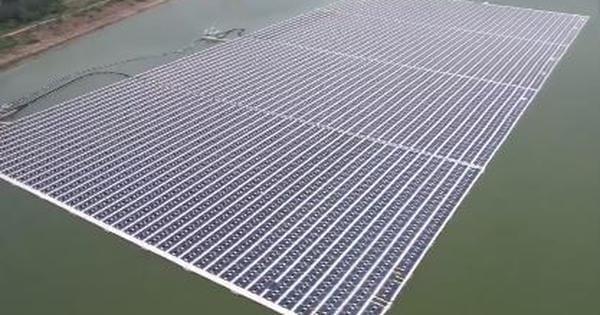
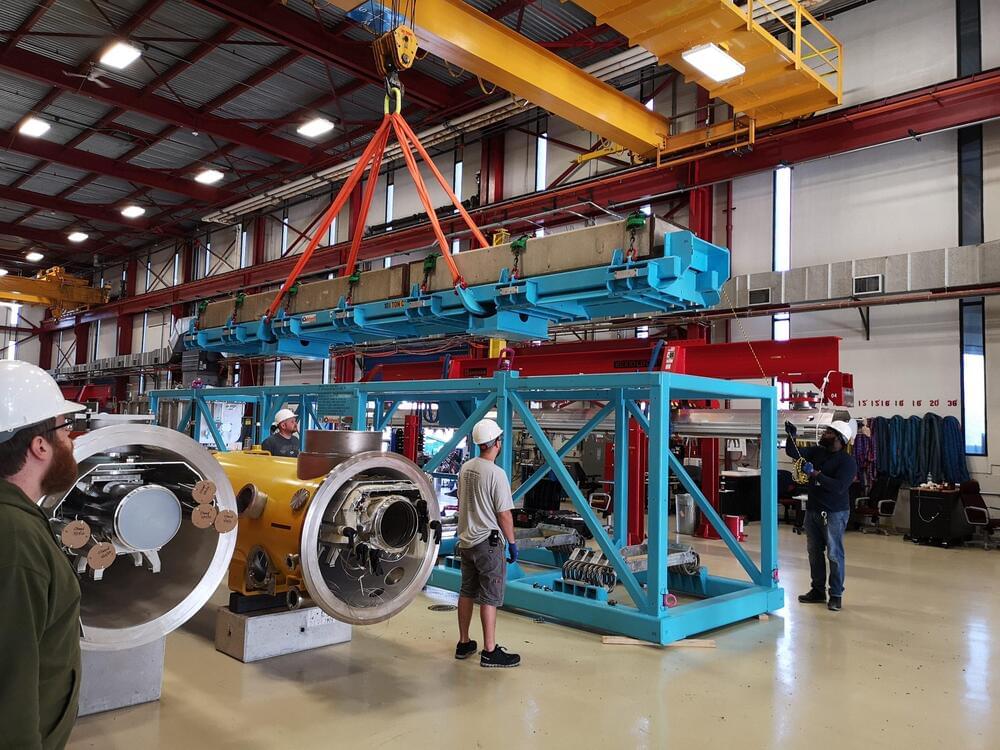
PIP-II transportation test frame is ready for action
Successful assembly was the result of a collaboration among three institutions in three countries.
Cryomodules are essential components for the U.S. Department of Energy’s Fermi National Accelerator Laboratory’s accelerator complex upgrade, known as the Proton Improvement Plan II, or PIP-II.
PIP-II features a brand-new, 800-million-electronvolt leading-edge superconducting radio-frequency linear accelerator, or linac for short, that will enable Fermilab to produce more than 1 megawatt of beam power, 60% higher than current capabilities. To achieve this groundbreaking feat, the linac will be made up of cryomodules, which are vessels containing niobium cavities.
The first particle accelerator on U.S. soil built with significant contributions from international partners, PIP-II will receive three assembled cryomodules from partners at the Science and Technology Facilities Council in the United Kingdom and nine assembled cryomodules from Commissariat à l’Énergie Atomique et aux Énergies Alternatives, or CEA, in France.
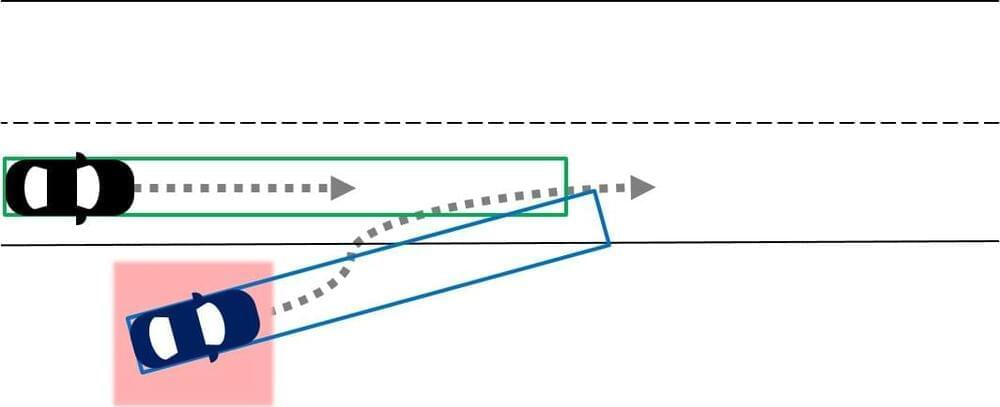
Enhancing the safety of autonomous vehicles in critical scenarios
Researchers at Ulm University in Germany have recently developed a new framework that could help to make self-driving cars safer in urban and highly dynamic environments. This framework, presented in a paper pre-published on arXiv, is designed to identify potential threats around the vehicle in real-time.
The team’s paper builds on one of their previous studies, featured in IEEE Transactions on Intelligent Vehicles earlier this year. This previous work was aimed at providing autonomous vehicles with situation-aware environment perception capabilities, thus making them more responsive in complex and dynamic unknown environments.
“The core idea behind our work is to allocate perception resources only to areas around an automated vehicle that are relevant in its current situation (e.g., its current driving task) instead of the naive 360° perception field,” Matti Henning, one of the researchers who carried out the study, told TechXplore. “In this way, computational resources can be saved to increase the efficiency of automated vehicles.”

Samsung begins shipping world’s first 3nm chips
Samsung has started shipping the world’s first 3-nanometer (nm) chips from its chip-making complex in Hwaseong, South Korea’s Gyeonggi Province, the tech giant revealed on Monday at a ceremony to celebrate the shipment.
The company said its first-generation 3nm process has reduced power consumption by 45 percent and improved performance by 23 percent using gate-all-around (GAA) process, compared to the current 5nm chips using fin field-effect transistor technology (FinFET).
According to Samsung, its engineers started researching on GAA transistors in the early 2000s and went on to experiment with the design from 2017. Last month, the company became the first chipmaker to begin mass production of the 3nm chips.


Chinese scientists invent laser so powerful it can write words in mid-air
Scientists in China have invented a powerful laser which can essentially scorch the air to create patterns. Lasers have already been used to create optical illusions, but they needed dust or clouds as a medium.
The Wuhan-based team demonstrated the laser by writing Chinese characters in the air, which can be viewed and even touched.
Raspberry Pi Zero 2 W Lego-Powered Submarine Makes a Splash
BEC was kind enough to share a parts list of everything used to create this project. It’s operated primarily by a Raspberry Pi Zero 2 W, with most components housed neatly inside an acrylic cylinder. It’s driven by a drone propeller alongside a couple of Pololu 2,130 DRV8833 Dual H-bridge motor drivers. The sensors include both a pressure sensor and a distance sensor, while a Lego Rechargeable 9V Battery Box supplies the power with the assistance of a Pololu 2,123 S7V8F5 5V voltage regulator.
The Raspberry Pi runs Raspberry Pi OS, while the code used to operate the submarine functions is handled using a custom Python script. BEC explains that Thonny was used to run the Python code, which is open-source and available for anyone to explore.
If you want to recreate this Raspberry Pi project for yourself or make something similar, check out the full blog post shared on the official Brick Experiment Channel blog. We also implore you to check out the video shared on YouTube for a demo of the submarine in action.
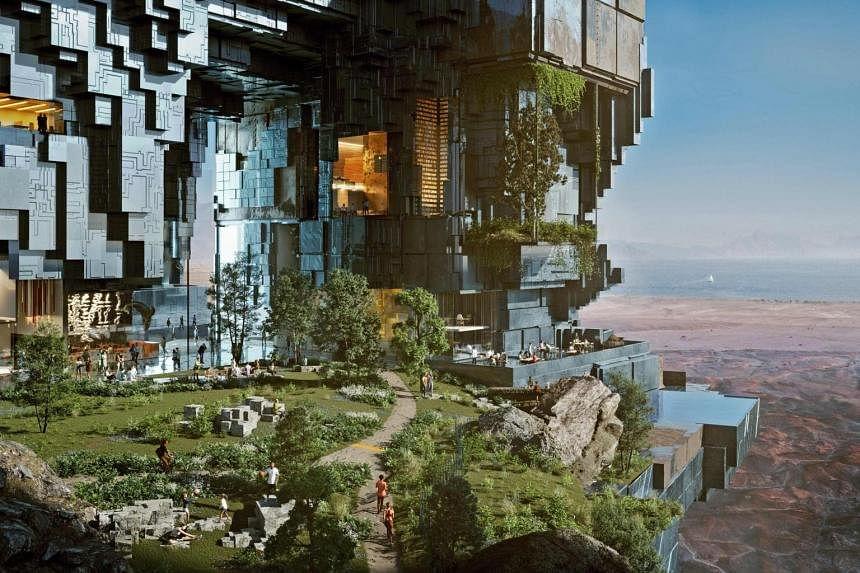
Saudi Arabian Crown Prince maps out Neom project to house 9 million people
RIYADH (BLOOMBERG) — Saudi Arabia wants to build a gigantic megastructure that contains a city for 9 million people, its crown prince announced on Monday (July 25).
The design takes the shape of two parallel buildings with mirrored surfaces, rising 500m above sea level — taller than the Empire State Building — and stretching horizontally for more than 100km.
They’re part of the prince’s US$500 billion (S$693 billion) Neom project, a plan to turn an expanse of desert the size of Belgium into a high-tech region.
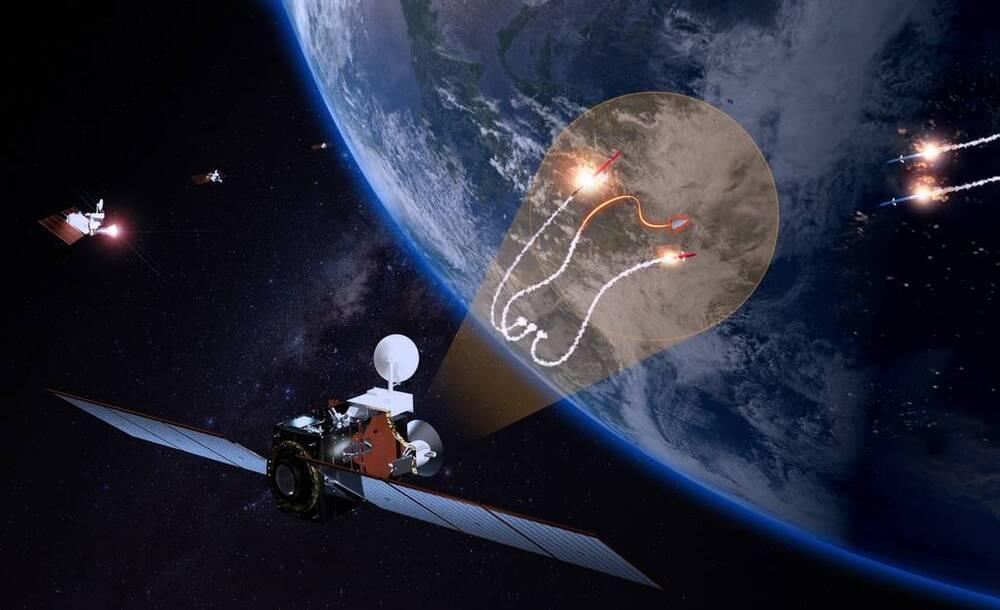
L3Harris, Northrop picked for $1.3 billion hypersonics tracking satellite project
WASHINGTON — L3Harris Technologies and Northrop Grumman Strategic Space Systems won a U.S. Department of Defense contract to furnish multimillion-dollar satellites that help detect, identify and target missiles and other cutting-edge threats, including hypersonics.
The Space Development Agency on July 18 said the companies will each produce 14 prototype satellites for the Tranche 1 Tracking Layer, a key component of the National Defense Space Architecture, which will consist of hundreds of satellites operating primarily in low-Earth orbit.
Together, the agreements are valued at more than $1.3 billion. The L3Harris deal came in at $700 million, making each satellite and related service package worth roughly $50 million. The Northrop Grumman deal came in at $617 million.